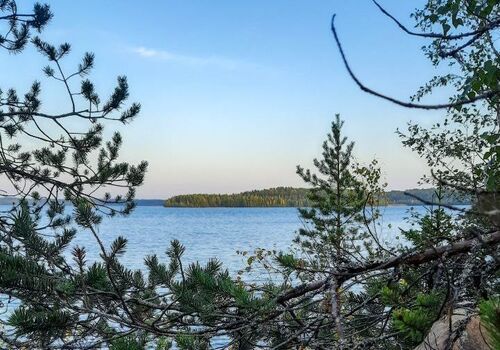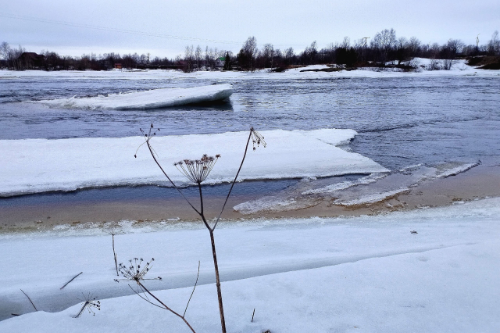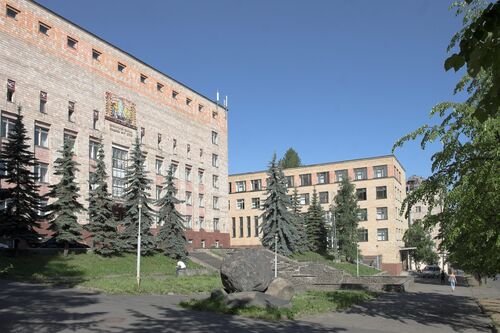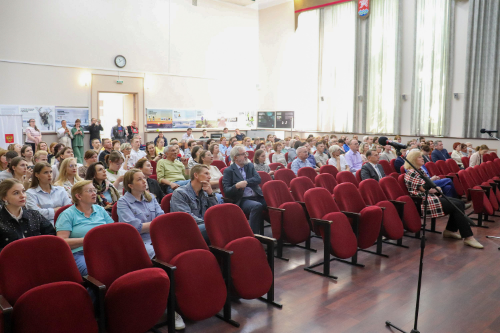Introductions of the zander to Sundozero started back in 1965. Nearly seven million fry were stocked into the lake in the course of five years. The brood stock came from Karelia’s largest lakes – Syamozero and Onego. The efforts were meant to improve the quality of the fish fauna and augment the productivity for fisheries.
Over half a century has passed since then. Considering zander’s fairly long life cycle, this time should be enough to speak of the species’ naturalization. The research results indicate that the zander has more than just made the lake their home, but has turned into a major predator in the local food chain. Its diet in Sundozero mainly consists of perch (40%), vendace (25%), ruffe, and roach. Zanders in the lake grow to a maximum of 52 cm and 1.7 kg. This is similar to fish from Lake Syamozero. Onego zanders are larger, due to a wider food range and greater foraging spaces.
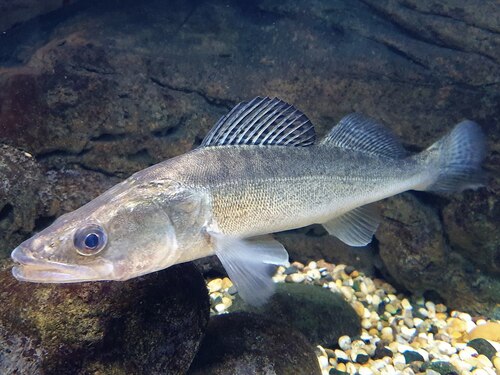
Zander (Sander lucioperca). Photo: wikipedia.org[href]wikipedia.org
As well as the zander, other species have been introduced to lakes of Karelia: Arctic char, vendace, smelt, common bream, sterlet, carp, and even an amphipod from Baikal. Few of them have managed to become naturalized. The most successful were the zander, pink salmon, and vendace. The introductions of trout from Lake Sevan, carp, and eel in Karelian lakes have failed.
The introduction of vendace to Karelian lakes has had a favorable effect on their fauna since for small bodies of water vendace is the only plankton feeder.
– The aim of the introduction was to enhance the composition of the fauna. We have lakes inhabited by valuable fish species, but in many lakes the fauna is mostly composed of roach, ruffe, perch. It was deemed more effective to introduce local fishes that aliens from other regions. Attempts have been made to introduce quite a few coregonid and salmonid species from other regions, but the only positive outcome has been attained for the pink salmon. Even in this case, the fish from southern (Sakhalin) populations stocked during earlier introductions did not survive our harsh climate. It was only when specimens were brought over from the Kamchatka area that the pink salmon settled down in Karelia and spread over the Kola Peninsula and beyond, – noted Director of the Institute of Biology KarRC RAS Nikolai Ilmast, an author of the study.
Scientists believe the success of the introduction of zander from Syamozero to Sundozero is due to the similar ecological conditions in the lakes and the nearly identical dietary ranges. The actions needed now to maintain the population include regulation of fishing, protection during spawning, and remediation of spawning grounds. Apart from Sundozero, zander has been introduced to 13 other lakes of Karelia. The introductions were successful in nine of them and commercial fishing for the species takes place in most of them.




